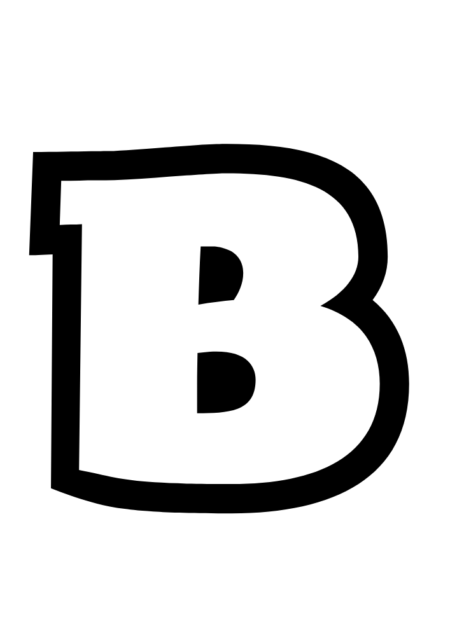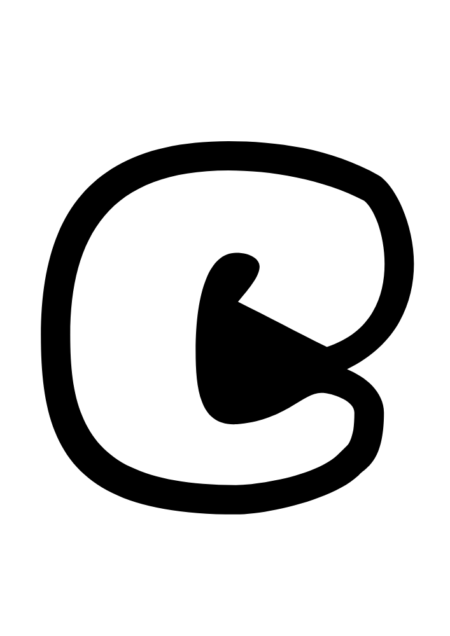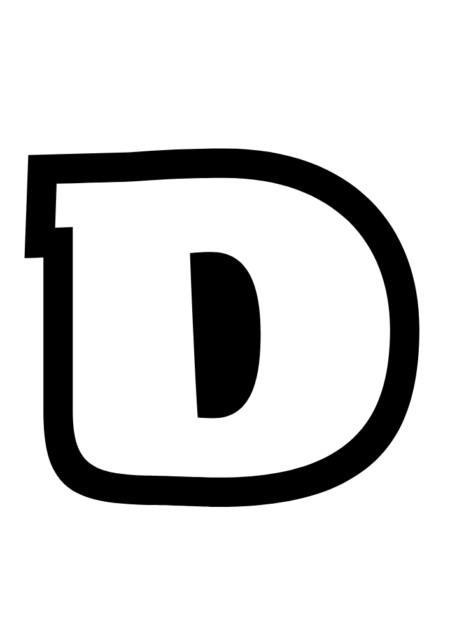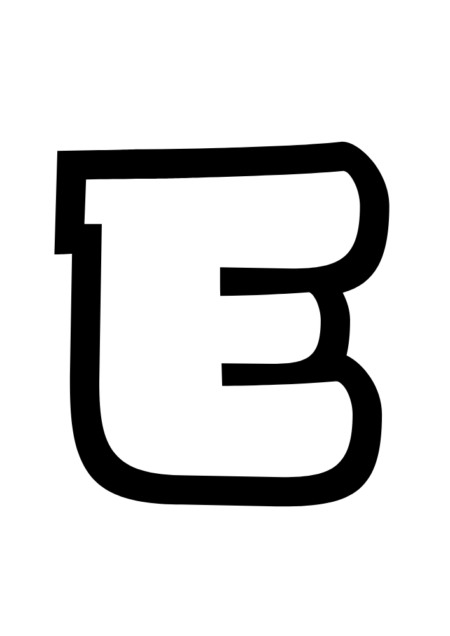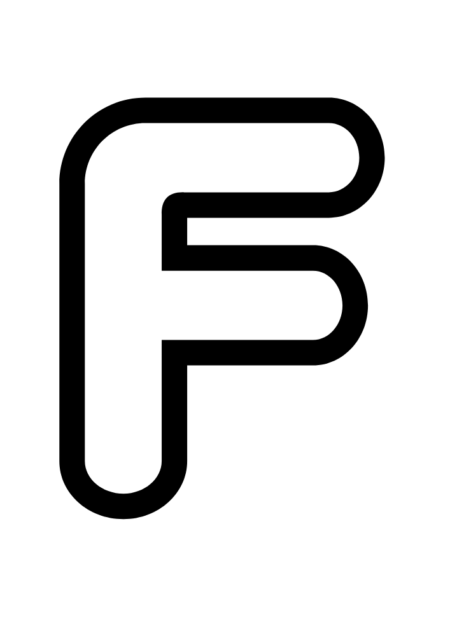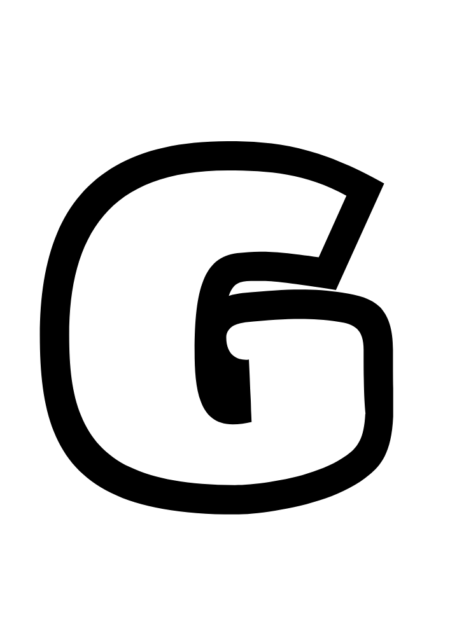Bubble Letter
Bubble letters are a distinctive and playful style of typography characterized by their rounded, inflated appearance, reminiscent of bubbles or balloons. This style is widely used in various forms of art and design, including graffiti, posters, and digital media, due to its eye-catching and whimsical nature.
Origins and Evolution
The bubble letter style emerged in the early 1970s within the New York City graffiti scene. Artists like Phase 2 pioneered this approach, crafting letters with soft, rounded edges to create a “bubble” effect. This style, also known as “softies,” was influenced by earlier graffiti artists such as Super Kool 223, who incorporated cloud-like forms around their tags, drawing inspiration from comic book aesthetics.
Over time, bubble letters transcended graffiti culture, permeating various facets of popular culture. In the 1980s and 1990s, they became synonymous with urban coolness, appearing on album covers, clothing brands, and other media forms, influenced by hip-hop music and street fashion trends.
Characteristics of Bubble Letters
Bubble letters possess several defining features:
- Roundness: Each letter is crafted with soft curves and lacks sharp angles, contributing to a smooth, rounded appearance.
- Inflation: The letters appear thick and plump, giving the impression of being inflated or air-filled.
- Outline and Fill: Typically, bubble letters are outlined to emphasize their shape and are often filled with vibrant colors or shading to enhance their three-dimensional effect.
- Customization: Artists frequently add embellishments, patterns, or decorative elements to personalize their bubble letters, making each design unique.
Applications and Uses
Bubble letters are versatile and find application in various domains:
- Art and Design: They are popular in creating posters, illustrations, logos, and typography-based artwork, conveying a fun and energetic message.
- Crafts and DIY Projects: Bubble letters are commonly used in scrapbooking, card making, and home decor due to their simplicity and appeal.
- Children’s Content: Their playful aesthetic makes them suitable for children’s books, educational materials, and toys.
- Digital Media: In the digital realm, bubble letters are utilized on websites, social media graphics, and digital art to add a touch of whimsy and personality.
By understanding the history, characteristics, and techniques of bubble letters, one can appreciate their impact on visual culture and effectively incorporate them into various creative projects.

